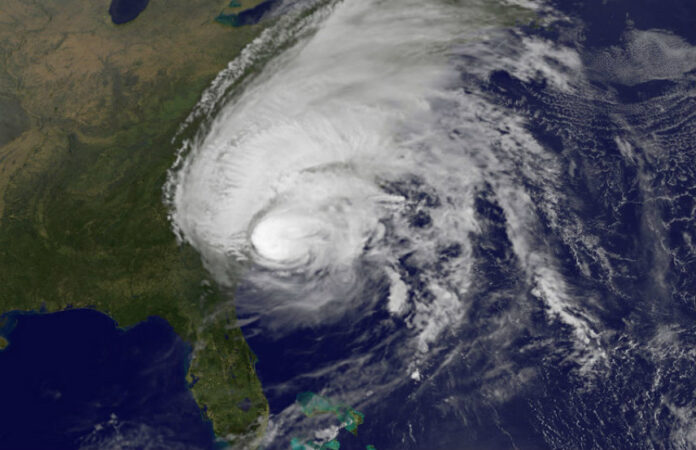Forecasters with Colorado State University have released their report and they are predicting yet another above-average, busy Atlantic hurricane season in 2025 with as many as 9 hurricanes forming, meteorologists with CSU said this week.
Researchers said that the season will likely producing stronger and more frequent storms than a typical year but at the same time with less intensity than last season.
Experts at Colorado State University’s Tropical Cyclones, Radar, Atmospheric Modeling and Software team estimate that 9 hurricanes will occur over the course of the upcoming season, with 17 named storms overall.
The season begins June 1st and runs through November 30th. An average season typically gives us seven hurricanes and peaks in August and September.
Four of the 2025 hurricanes are predicted to be major Category 3, 4 or 5 storms.
Category 3 hurricanes are those with sustained winds that reach 111 to 129 miles per hour, enough to cause devastating damage. Category 4 hurricanes have sustained winds of 130 to 156 mph, and the most catastrophic Category 5 storms reach 157 mph or higher.
Usually starting out as Tropical storms, which contain wind speeds of 39 mph or higher, tropical storms become hurricanes when winds reach 74 mph.
The predicted active season is a result of several climate factors, including the ongoing El Niño that is likely to persist throughout the hurricane season, warmer-than-average sea surface temperatures in the Atlantic Ocean and Caribbean Sea, weaker tropical Atlantic trade winds and an enhanced west African monsoon.
El Niño, a natural warming of ocean water in the tropical Pacific Ocean, tends to suppress Atlantic hurricane activity. It’s opposite, La Niña, a cooling of that same water, usually boosts the number of hurricanes in the Atlantic.
The NOAA forecast comes out in May, and the early April forecast is the earliest seasonal forecast issued by Colorado State University and has modest long-term skill. The skill of
CSU’s forecast updates increases as the peak of the Atlantic hurricane season approaches.
They also present probabilities of exceedance for hurricanes and Accumulated Cyclone
Energy to give readers a better idea of the uncertainty associated with these
forecasts.










